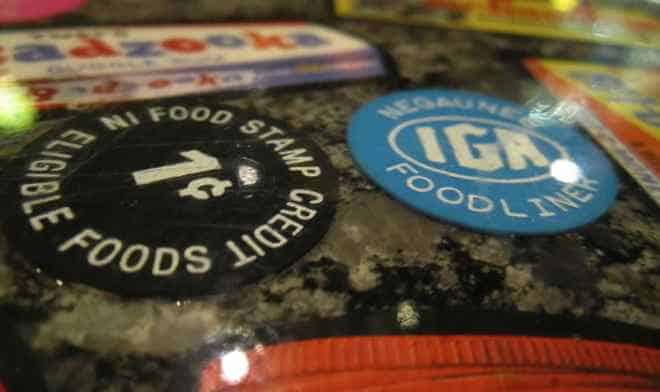Recent data released by the U.S. Department of Agriculture (USDA) show that Supplemental Nutrition Assistance Program (SNAP) participation continues to increase into 2013, even as the unemployment rate wanes and the American economy shows signs of emerging from the global financial crisis of 2007-2008.
There are currently an estimated 47.8 million Americans using SNAP, comprising around 15 percent of the US population. Approximately 45 percent of participants are children.
The Wall Street Journal attempted to tease out why SNAP participation continues to rise, even as unemployment slowly drops:
“The biggest factor behind the upward march of food stamps is a sluggish job market and a rising poverty rate. At the same time, many states have pushed to get more people to apply for SNAP, a program where the federal government picks up the tab.”
But poverty may be the most important reason for which more Americans are using SNAP benefits. As of 2011, 46.2 million Americans were living below the poverty line, the highest number in at least the past five decades.
Many Republicans now target SNAP for significant spending cuts. House Budget Committee Chairman Paul Ryan’s latest budget plan would cut SNAP by $133.5 billion (17 percent) over the next ten years. Ryan proposed turning SNAP into a block-grant program, effectively giving more power to states. According to an analysis by the Center on Budget and Policy Priorities, this would translate into either cutting off participation for millions of families, significantly cutting back on all benefits, or both. Ryan’s logic behind cutting SNAP is that the program continues to grow. However, SNAP was designed to swell with tough economic times, and then shrink back when poverty levels decrease.
The cost of many of social programs, not just food stamps, is rising, but the federal budget appears to be disproportionately targeting low- and middle-income families, with 66 percent of the cuts aimed at this group. The U.S. public broadly supports maintaining or increasing SNAP benefits.















